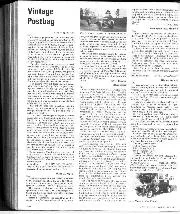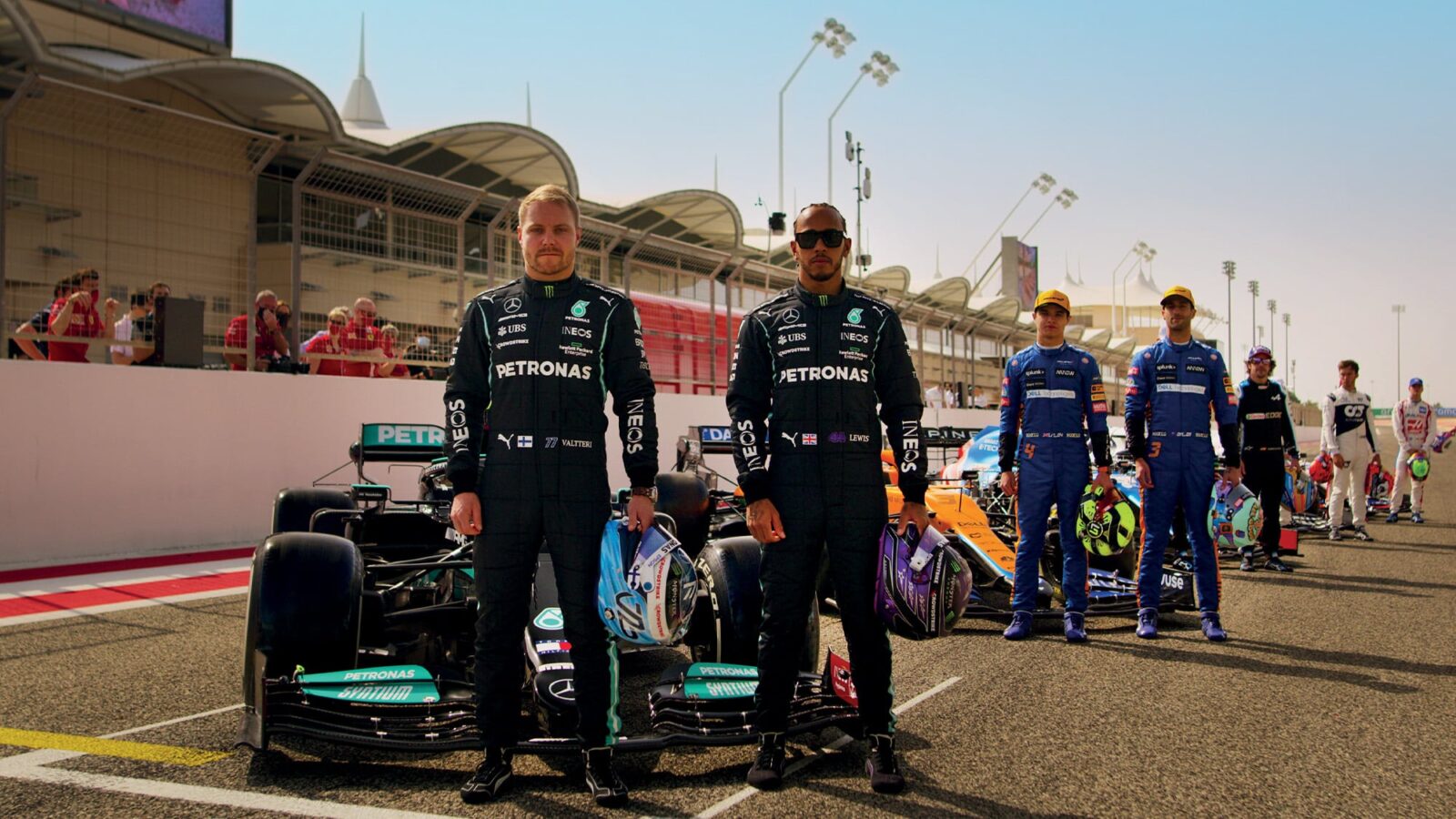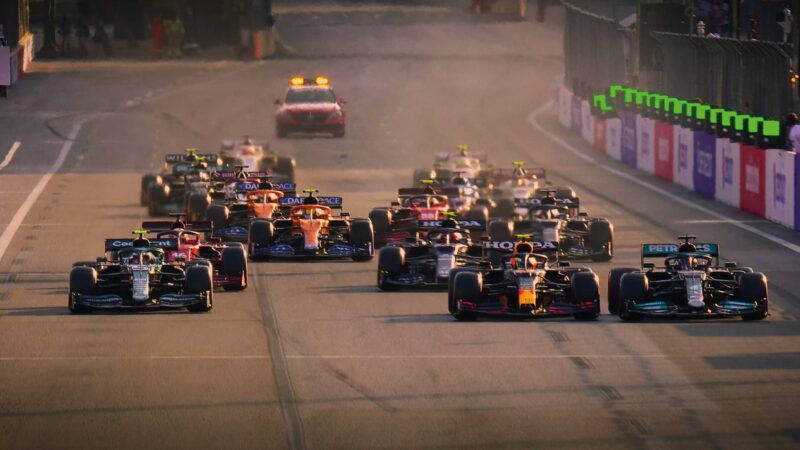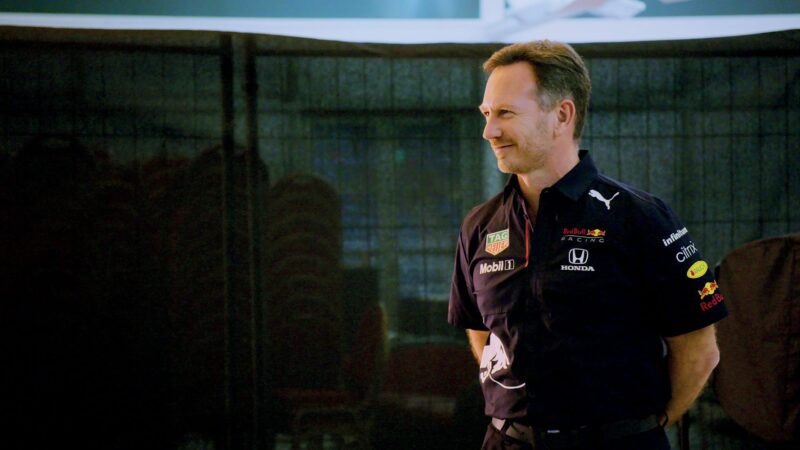
Those GP Opels
Sir, I was very interested in Mr. Corner's letter in your November issue about the 1914 G.P. Opels, in which he raises a query about the maximum speed of Mr.…

All the world (championship)’s a stage... Now, let’s cut to Yuki Tsunoda’s sock drawer
Twenty twenty-one has been vaunted by many as the greatest season in F1 history, so surely Series 4 of the hit documentary Formula 1: Drive to Survive couldn’t miss an open goal? In fact, that’s exactly what has happened – but it isn’t necessarily the fault of Netflix or the maker of the series, Box to Box Films.
When introduced, the series gave F1 exactly the shot in the arm its rights-holder Liberty was hoping for – social media engagement exploded, TV ratings soared and crowds flocked to races, culminating in the 2021 US GP having the most ever across a weekend: 400,000.
However, there’s been growing discontent over the ‘manipulated drama’ which makes up the series’ content, tapping into a broader concern about F1 moving towards being more of a show than a sport. Last year’s highly charged conclusion to Lewis Hamilton and Max Verstappen’s title fight only added weight to this argument.
So, let’s start with the best moments of the latest series. The young Japanese driver Yuki Tsunoda puts in a star turn filmed at his disastrously untidy flat in “the most boring place in the world” aka Milton Keynes – his words, not ours.
We all knew the Japanese pocket rocket was a character, but the youngster appears the only driver in history not that interested in being in F1. You can’t help liking him for it. “When I have workouts, it ruins my day,” he moans. Finally, an F1 driver we can relate to!

Drive to Survive Season 4 covers the most tumultuous F1 season ever…

…yet it feels at times like the Christian Horner Show
Reliable Netflix fodder Steiner and his Haas team also deliver once more, but this time the spotlight is on the team’s controversial driver Nikita Mazepin. Steiner’s exclamation on the pitwall, “That’s why people hate you!” sums up the now-defunct relationship.
However, all this equates to is about one and a half episodes. The rest is less good.
Annoyingly for motor sport fans, problems of accuracy, which have plagued DtS, have actually got worse, not better.
“Radio sounds like messages relayed by an amateur séance”
Third-gear shifts occur mid-straight, team radio sounds like messages relayed by an amateur séance and the editing of racing action is even more confusing than ever.
So, on to the main course, which is essentially Toto Wolff and Christian Horner discussing the ‘art of war’ over finely prepared breakfasts, long walks in their luxurious gardens and in artfully lit studio interviews.
Previously the series has made its name on real-life insight behind the scenes, such as the Renault engine squabble between Cyril Abiteboul and Horner, the former going back on his word to sign Esteban Ocon, both team bosses falling out with Daniel Ricciardo over his contract decisions and Haas’s seemingly annual implosion.
Comparatively, the access Mercedes and Red Bull give across Season 4 seems as manicured as one of Geri Horner’s pet ponies – which get more coverage than Sebastian Vettel and Kimi Räikkönen combined. Without the same material to work with, DtS is left grasping at dramatic straws. Wolff and Horner’s bickering did provide an amusing sideshow to the relentless on-track action of last year’s scintillating title battle, but once it becomes the main feature in DtS, things quickly become tedious.
F1’s first visit to the Qatar GP and the ‘step into the unknown’ that the unquestionably beige Losail circuit – which gave a predictably dull race – represents is given a hilariously overdramatic build-up, but this is nothing compared to that afforded to the Wolff and Horner press conference at the same event.
This is the moment where you feel the series really has lost touch with how people perceive it, like a once chart-topping group now making unfathomable concept albums.
It does ultimately reveal how much Horner was getting under Wolff’s skin during the season, but this isn’t enough to stop large stretches of this episode feeling drawn out.
For the coverage of the season finale, things carry on in the same vein, playing out like a glossy highlights reel, not a documentary with new research of any real worth.
That well-known controversy plays out with a huge amount of time spent focusing on the team bosses – you essentially see the same thing as the live coverage, with more swearing.
You might be forgiven for thinking Horner had won the drivers’ championship himself, so long does the camera linger on him – complete with dramatic soundtrack – as somewhere over the pitwall the actual world champion Max Verstappen clambers from his car, exhausted after winning.
All the key moments rush by with no analysis whatsoever, and the Mercedes protest doesn’t even get a mention.
The producers had a camera on now-removed race director Michael Masi the entire time. The footage of what he said to who and when during arguably the most controversial ending to an F1 season ever could have been incredible, but no dice. It appears F1 has censored all proceedings – maybe one day we’ll get to see the ‘race director’s cut’.
It’s difficult to shake the feeling that we’ve had more insight into Tsunoda’s sock drawer than we did the title battle. It’s ironic that a TV documentary that has been often accused of ‘manipulated drama’, covered real-life events which were also described as ‘manipulated’, actually made it look uninteresting.
With filming for a new season underway, Season 4’s poor showing might not be a fatal blow for Drive to Survive, but it will contribute to any argument for F1 eventually ending the docuseries; 2021 might just be the year F1 outgrew Drive to Survive.